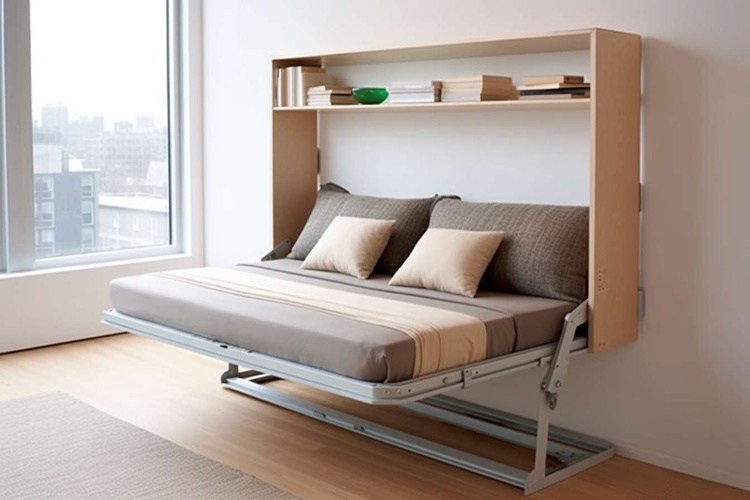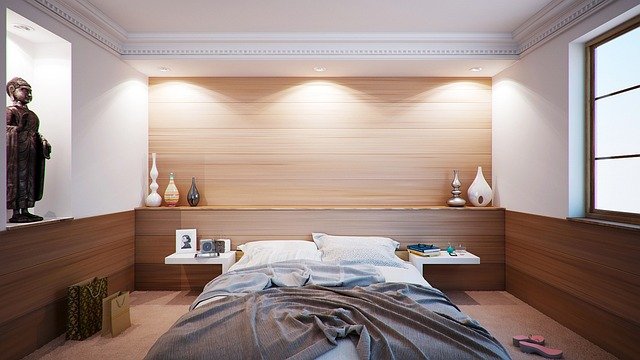Embracing Wabi-Sabi: The Art of Imperfect Beauty in Home Design
In a world obsessed with perfection, a quietly revolutionary design philosophy is gaining traction in American homes. Wabi-sabi, an ancient Japanese aesthetic principle, celebrates the beauty of imperfection, impermanence, and incompleteness. This article delves into how this centuries-old concept is reshaping modern interior design, offering a refreshing antidote to the polished perfection that has long dominated home decor trends.

Origins and Philosophy of Wabi-Sabi
Wabi-sabi has its roots in 16th century Japanese tea ceremonies, where it emerged as a reaction against the opulence and ornate aesthetics of the time. The term wabi originally referred to the loneliness of living in nature, while sabi meant withered or lean. Over time, these concepts evolved to embody a worldview that finds beauty in simplicity, naturalness, and the effects of time and wear.
In essence, wabi-sabi embraces three simple realities: nothing lasts, nothing is finished, and nothing is perfect. This acceptance of transience and imperfection runs counter to many Western ideals of beauty, which often prioritize symmetry, newness, and flawlessness. By shifting our perspective, wabi-sabi invites us to find beauty in the cracks, celebrate the patina of age, and appreciate the subtle imperfections that make objects unique.
Wabi-Sabi in Interior Design
Incorporating wabi-sabi into home design is less about following specific rules and more about adopting a mindset. It’s about creating spaces that feel authentic, lived-in, and connected to nature. Here are some key principles:
-
Embrace natural materials: Opt for raw, unfinished materials like wood, stone, and clay. These materials age beautifully, developing character over time.
-
Celebrate imperfections: Instead of hiding flaws, highlight them. A cracked vase mended with gold (kintsugi) or a weathered wooden bench can become focal points.
-
Simplify: Wabi-sabi favors minimalism, but not in a stark, clinical way. It’s about curating spaces with intention, keeping only what’s necessary or deeply meaningful.
-
Incorporate nature: Bring the outside in with plants, natural light, and organic forms. A gnarled branch or an asymmetrical flower arrangement can add wabi-sabi charm.
-
Choose subdued colors: Earthy, muted tones reflect the natural world and create a sense of calm and groundedness.
The Appeal of Wabi-Sabi in Modern Times
In our digital age of constant connectivity and information overload, wabi-sabi offers a much-needed respite. It encourages us to slow down, appreciate the present moment, and find beauty in simplicity. This aligns with broader societal shifts towards mindfulness, sustainability, and authenticity.
Moreover, wabi-sabi resonates with the growing desire for homes that tell a story. In contrast to the mass-produced perfection of many modern furnishings, wabi-sabi celebrates objects with history and character. A family heirloom, a handcrafted piece, or a found object from nature all have a place in a wabi-sabi inspired home.
Practical Applications in Home Decor
Incorporating wabi-sabi into your home doesn’t require a complete overhaul. Small, thoughtful changes can make a significant impact:
-
Textiles: Opt for natural fibers like linen, wool, or cotton in muted, earthy tones. Embrace wrinkles and natural variations in texture.
-
Ceramics: Choose handmade pottery with organic shapes and subtle glazes. Imperfections like uneven edges or visible brush strokes add character.
-
Furniture: Look for pieces made from reclaimed wood or those that show signs of age. A weathered farmhouse table or a vintage leather armchair can anchor a room with wabi-sabi charm.
-
Lighting: Favor soft, warm lighting over harsh overhead fixtures. Paper lanterns, candles, or salt lamps create a gentle, atmospheric glow.
-
Nature-inspired decor: Incorporate elements like driftwood, river stones, or dried flowers. These natural objects bring a sense of the outdoors inside and change subtly over time.
Challenges and Considerations
While wabi-sabi offers a refreshing approach to home design, it’s not without its challenges. In a culture that often equates newness with value, embracing imperfection and age can be a significant mindset shift. There’s also a risk of misinterpreting wabi-sabi as simply messy or unkempt, rather than intentionally curated.
Furthermore, as wabi-sabi gains popularity in the West, there’s a danger of it becoming commercialized and losing its essence. True wabi-sabi is deeply personal and cannot be achieved through purchasing a set of products. It requires a genuine appreciation for the passage of time and the beauty of natural processes.
The Future of Wabi-Sabi in Home Design
As we move towards more sustainable and mindful ways of living, the principles of wabi-sabi are likely to become increasingly relevant. This aesthetic philosophy aligns well with the growing interest in eco-friendly design, artisanal crafts, and slower, more intentional living.
Moreover, in a post-pandemic world where our homes have taken on greater significance, wabi-sabi offers a way to create spaces that are not just visually appealing but emotionally nurturing. By embracing imperfection and transience, we can create homes that feel authentic, lived-in, and deeply connected to our human experience.
In conclusion, wabi-sabi represents more than just a design trend. It’s a philosophy that can transform our relationship with our living spaces and, by extension, our approach to life itself. By finding beauty in imperfection, celebrating the effects of time, and embracing simplicity, we can create homes that are not just aesthetically pleasing, but profoundly comforting and authentically our own.





